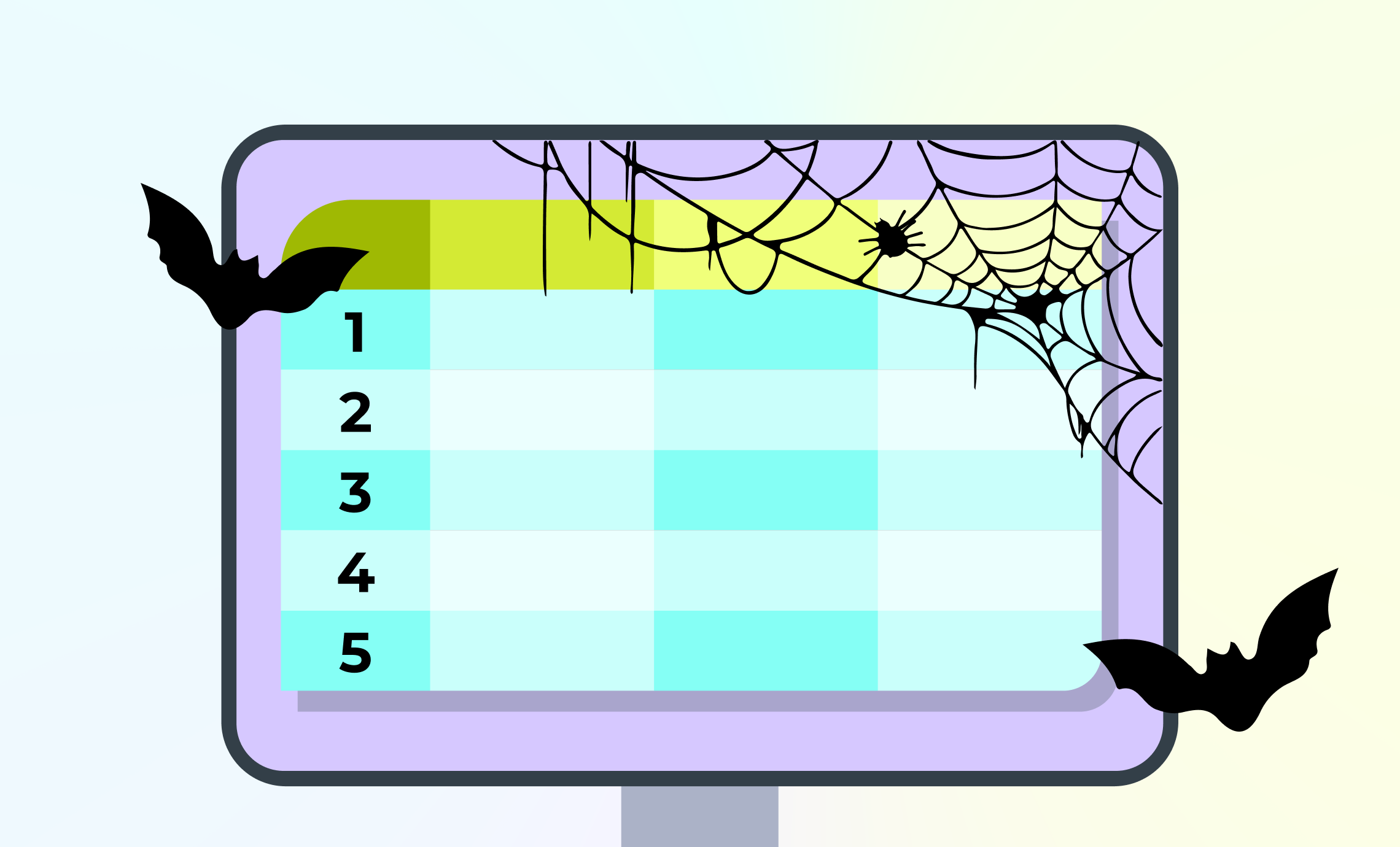This past spring, I had the pleasure of speaking at Community Brands Xperience 2018 conference on the topic of Identifying Your Most Loyal Members. The session exposed findings from the Community Brands’ 2017 Member Loyalty Study. One of the key findings for member-based organizations is that, even at a time when we have a seemingly endless array of digital solutions to keep us aligned 24/7, members feel less connected to their organizations than ever.
So, what did the study’s findings tell us about how to actively shift this overwhelmingly common feeling among members? Create a strategy whose sole purpose is focused on understanding and defining your organization’s “Loyalty Segments.” These segments become the tangible breakdown of your members based on their responses to key questions about their experience with your organization. These indicators are:
- Overall satisfaction with your organization
- The likeliness to renew their membership
- How connected your members feel to your organization
- Net promoter score – how likely are your members to refer your organization to a colleague
Once the presentation was through, we got to my favorite part of the session: the Q&A. This is where the “aha” moments arise; where the audience can directly engage with the speakers, content and other attendees. Throughout the presentation, we discussed how YM’s AMS and community tools that could be leveraged to gather this feedback, but the conversation centered on the use of member surveys.
For the majority in the crowd, the strategy was to send out an annual survey. The general concern was how to go about adding these new questions to what is—in many cases—an already established and somewhat lengthy survey. As our discussion progressed, together we developed a supplemental approach to just adding on a bunch of new questions to your annual survey.
A question a day…
Well, maybe a bit less frequent than every day. If you think about it, the idea makes sense. Instead of sending your members a long survey to fill out every year, seek incremental feedback from them throughout the year to help build and evolve the baseline profiles that will define your member loyalty segments. What better way to keep a member frequently engaged if they know they have an opportunity to provide their direct feedback on important topics regularly?
At this point in the conversation, I could see eyes around the room lighting up because this approach to gathering member feedback goes well beyond the context of identifying and defining Member Loyalty Segments; it’s a strategy that can be employed for any survey-worthy questions or feedback prompts throughout the year.
In fact, there are many questions you may want to ask your members, whose responses make more sense or may be more valid at very specific times of the year. For an example, your Board of Directors elections are coming up. You want to quickly gain feedback on the election process, but don’t want to deter members from participating in the actual election. By asking one or two specific questions in the member portal section, you can achieve both ends.
What’s the best medium?
Think about it: your members have individual preferences with you already that explain how they want to be contacted. Email, community forums, and mobile apps. Each of these channels can be leveraged to launch a single question survey to quickly gather feedback. My personal favorite is the announcement area in YM’s AMS member portal. This is front and center when your members login and creates familiarity with an area that can serve as a focal point for updates or questions coming directly from your organization. Another great option is to promote your new survey question to the member feed with just a single click. Your members can instantly respond from their mobile devices no matter where or when.
Learn how YM’s AMS can help you launch one question surveys to gain immediate feedback.






